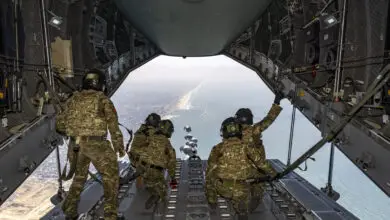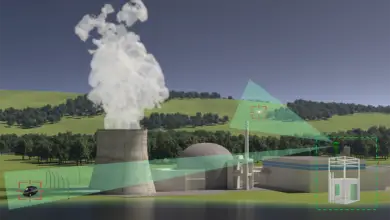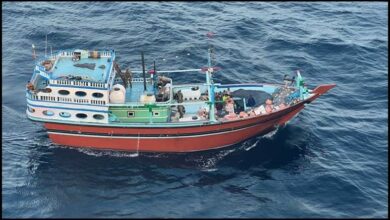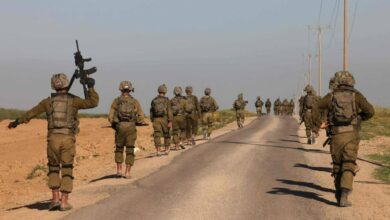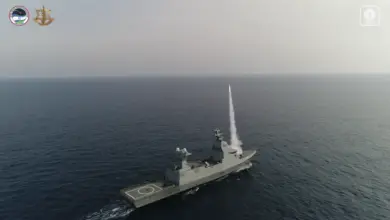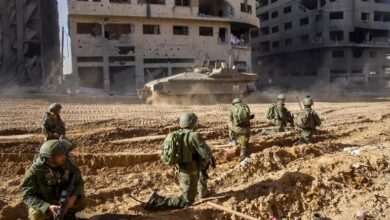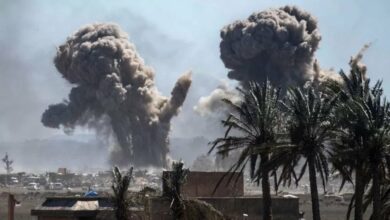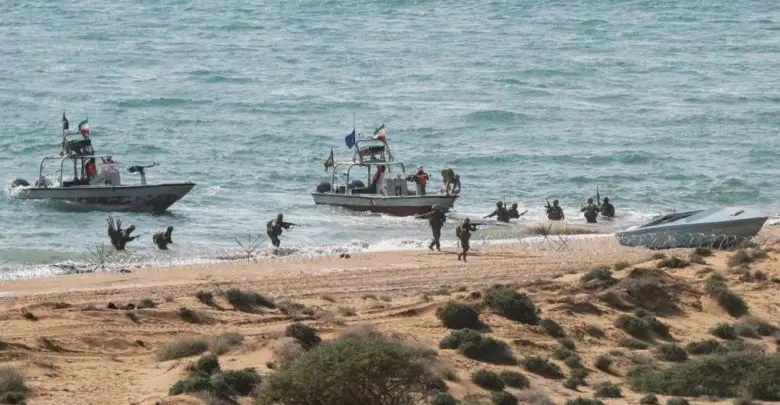
Ram Yavne
Jewish Institute for National Security of America
The Trump administration has pursued a “maximum pressure” campaign against Iran with a broad range of demands, including that the Islamic Republic end its support for terrorism. It is time to recognize that targeting Iran’s terror apparatus is centrally related to its nuclear ambitions, critical to regional security and should be part of the campaign against the regime.
Withdrawing from the JCPOA in May 2018, President Donald Trump highlighted three main shortcomings: the nuclear agreement permitted Iran to gain nuclear threshold capabilities; it did not prohibit Iran’s development of missiles; and it was silent on Iran’s insurgent and terror networks.
However, Iran has capitalized on regional turmoil and America’s retrenchment to empower Hezbollah, further embed itself in Syria, recruit proxy forces in Iraq, and support the Houthis in Yemen. This Iranian insurgency also can harm U.S. forces, give Tehran greater influence across the Middle East, and jeopardize maritime traffic.
Further buildup of Iranian capabilities in Iraq, Syria, Lebanon and Yemen, including advanced missiles and drones, could accelerate domestic instability and vastly increases the threat it poses to neighboring countries, such as the Gulf states, Jordan and Israel. This could bring military escalation between Iran and Israel and further Iranian meddling in Sunni Arab countries.
This situation can change through pressure on the Iranian insurgency’s two major weaknesses.
Most importantly, this insurgency is operated by one entity – the Islamic Revolutionary Guard Corps Quds Force, a militia of about 12,000 operatives, which, if restricted, could constrain Iran’s ability to wage its insurgency. Israel is operating an active campaign against the Quds Force and its proxies, and the U.S. has implemented sanctions against entities with connections to Iran’s nuclear program and terror proxy networks.
However, these steps have not yet driven Iran to halt its activity. The U.S. and the United Kingdom already have already designated the Quds Force a terrorist organization and should encourage others to follow suit, which would send an important message and squeeze the Quds Force economically.
More work is necessary to foster political coalitions against the Iranian insurgency, such as the U.S.-led effort to protect shipping in the Strait of Hormuz, to deter Iran from continuing its provocative actions. Iran intends to impose costs on primarily regional and European nations so that they acquiesce to its demands. These nations could deliver a strong message by instead joining together to respond to Iran through political, economic, or military means. Other areas where the U.S. could facilitate cooperation between global and regional players include cyber defense and economic pressure on Tehran in addition to the significant pressure that U.S. sanctions have already placed on the Iranian economy.
Such economic and political measures, however, need to be backed up by military activity, including cutting off the land-, air-, and sea-based lines of communication used by the Quds Force. Without the ability to provide economic, logistic, material, and operational support to its regional proxies, Iran’s capability to destabilize the region will be limited.
Such a campaign could use intelligence for precision strikes against Quds Force transport networks in progress to proxy forces in Syria, Lebanon, and Yemen, among other countries.
U.S. officials have avoided using military force or openly tying the U.S. to attacks against Iran and its proxies to avoid escalation. However, Israel’s recent airstrikes in Syria, Lebanon and Iraq show that it is possible to strike Iranian targets without provoking a major war.
Pushing Iran-backed forces out of Syria, whether by supporting Israel’s campaign or through a U.S.-Russia agreement, and decreasing Hezbollah’s power as part of political-economic plan to Lebanon would also contribute to this goal. Instead of instigating a broader war, expanded U.S. operations and the credible threat of greater force would signal to Iran cannot operate in the gray zone with impunity and deter Iran from resuming these networks.
Iran’s insurgency has another weak point –its illegitimacy to the Iranian people. Protests throughout the last 18 months show the growing frustration in Iran about the economic resources spent advancing this insurgency strategy rather than pressing domestic issues. There is evidence that Iranian officials are not sufficiently alert – but nonetheless conscious – to this growing vulnerability.
The U.S. should not openly pursue regime change in Iran to avoid handing the Iranian leadership their own political messaging tool and instead publicly signal that it supports the efforts of Iranian and international groups that document Iran’s human rights abuses and advocate for reform.
Supporting those who are telling this story in Iran through protests and other means puts pressure on Tehran and further reduces the likelihood that it will be able to adequately alleviate or quiet domestic criticism or retaliate against external efforts to dismantle the Quds Force network.
There has been some messaging along these lines through the administration’s sanctions designations and the press, but these should become more frequent and sharpened to reveal specific incidents of Iranian abuse and the Iranian domestic groups working to improve the country.
Increasing pressure to these two vulnerabilities can diminish the Quds Force’s effectiveness and curtail Iran’s malign influence in the region, ensuring that Iran truly faces “maximum pressure.”
 Ram Yavne is a Brigadier General (retired) and former head of strategic planning in the Israel Defense Forces. He is a Distinguished Fellow at the Jewish Institute for National Security of America (JINSA).
Ram Yavne is a Brigadier General (retired) and former head of strategic planning in the Israel Defense Forces. He is a Distinguished Fellow at the Jewish Institute for National Security of America (JINSA).
All views and opinions expressed in this article are those of the author, and do not necessarily reflect the opinions or positions of The Defense Post.
The Defense Post aims to publish a wide range of high-quality opinion and analysis from a diverse array of people – do you want to send us yours? Click here to submit an Op-Ed.


